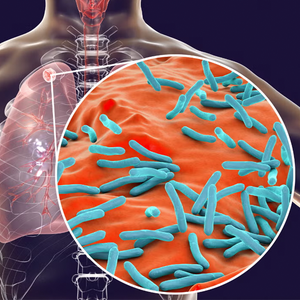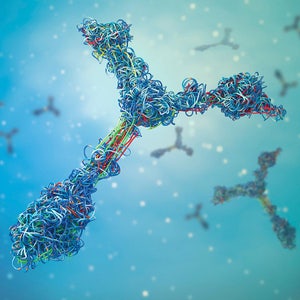Incidence
Overall incidence estimates for the United States for all forms: 1 in 40,000* (based off ethnically diverse New York population).
*Incidence varies depending on geography and ethnic background.
Program eligibility
The Roadmap2Rare Diagnostic Program* consists of an acid α-glucosidase enzyme assay with reflex to GAA sequencing if deficient, and is for individual patients suspected of having Pompe disease via:
- Symptoms consistent with Pompe disease
- Presumptive positive newborn screen for Pompe disease (expedited testing available)
*This testing program is not appropriate for carrier testing.
About the test
Testing algorithm:
- Acid α-glucosidase will be assayed and if deficient will reflex to,
- GAA sequencing analysis (with copy number variant analysis if needed)*
- If either enzyme assay or GAA sequencing has already been performed, these tests can be ordered individually, if needed.
*Expedited GAA sequencing with turnaround time of 7 days is available for infants with symptoms of infantile-onset Pompe disease, or those with presumptive positive Pompe disease based on newborn screening.
References
1. Diagnostic criteria for late-onset (childhood and adult) Pompe disease. Muscle Nerve. 2009;40:149-160.
2. Martiniuk F et al. Carrier frequency for glycogen storage disease Type II in New York and Estimates of affected individuals born with the disease. Am J Med Genet. 1998;79:69-72.
3. Burton B et al. The Initial Evaluation of Patients After Positive Newborn Screening: Recommended Algorithms Leading to a Confirmed Diagnosis of Pompe Disease. Pediatrics Jul 2017, 140 (Supplement 1) S14-S23; DOI: 10.1542/peds.2016-0280D.
This testing service has not been cleared or approved by the U.S. Food and Drug Administration. Testing services may not be licensed in accordance with the laws in all countries. The availability of specific test offerings is dependent upon laboratory location. The content on this page is provided for informational purposes only, not as medical advice. It is not intended to substitute the consultation, diagnosis, and/or treatment provided by a qualified licensed physician or other medical professionals.







































